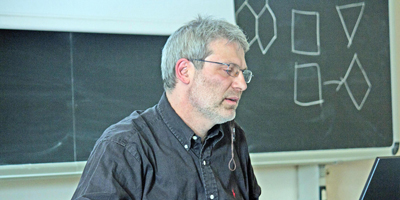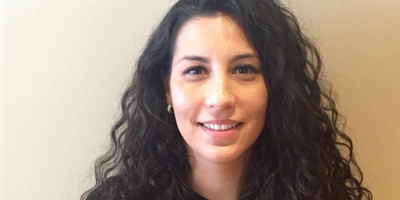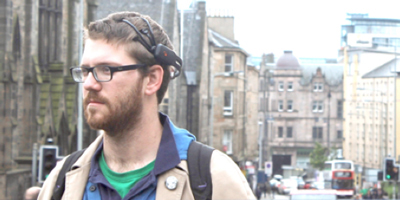Human physiology, psychology & place-making
November 2015, The Wellcome Trust, London
- Our planet, our health
- Towards psychologically informed cities
- Biourbanism as a new epistemological perspective between science, design and nature
- Urban space: a mental health perspective
- Mental health: the Cinderella of urban design (and ways in which she should go to the ball)
- Understanding the urban experience through mobile psychophysiological tools
Presentations
Briony Turner, ARCC network
Our planet, our health
Saskia Heijnen, Wellcome Trust
This talk included an overview of the Wellcome Trust and its activities in research, engagement and partnerships relating to the connections between our health and the environment we inhabit.
Towards psychologically informed cities
Prof Rhiannon Corcoran, University of Liverpool
Rhiannon will describe the ethos and approach of the Prosocial Place Programme which focuses on understanding the implicit and explicit effects of urban places on peoples’ feelings, thoughts and behaviour. She will describe a set of on-going studies that explore these effects at difference levels of immersion in place.
Biourbanism as a new epistemological perspective between science, design and nature
Antonio Caperna, International Society of Biourbanism
An authentic sustainable design must deal with energy- and environment-saving technical solutions, and also with functional and restorative connections to the human neurophysiological system. Psychology, medicine, and pedagogy show how space design can nurture or damage our well-being. A scientific knowledge, both theoretical and practical, of how human neurophysiology reacts to the organisation and the shapes of space, is the first step for producing a really sustainable design for the 21st century. The proposed presentation aims illustrate Biourbanism’s fundamental principles, and how their application can improve the quality of the urban environment in terms of neurophysiological health, social satisfaction, and in support urban resilience.
Rapid talks
Urban space: a mental health perspective
Dr Georgina Hosang, Goldsmiths, University of London
Rates of mental illnesses are higher in cities compared to rural areas. Little is known about the mechanisms that underpin this pattern. This talk will focus on discussing the characteristics of the environment that can be modified to boost well-being in cities and reduce mental health.
Mental health: the Cinderella of urban design (and ways in which she should go to the ball)
Professor Layla McCay, Centre for Urban Design and Mental Health
The Centre for Urban Design and Mental Health launched in July 2015, initially in Washington DC, as an international start-up think tank focused on answering one question: how can we design better mental health into our cities? As UD/MH starts to engage in this complex question, UD/MH Director Dr Layla McCay considers how mental health became the Cinderella of an urban design for health movement that primarily focuses on physical health, and identifies key urban design opportunities that have particular potential for improving mental health.
We should think more about the link between urban design and mental health – City Metric, New Statesman 2015.
Understanding the urban experience through mobile psychophysiological tools
Panos Mavros, Centre for Advanced Spatial Analysis, UCL
New developments in mobile brain imaging using EEG, and the wide availability of psychophysiological sensors, transform the way we can sense and assess people experience of urban and architectural environments; they become tools to measure the spatial affect. In turn, those methods allow us to ask questions about cognitive and emotional processes in naturalistic, everyday situations. In this presentation, I will present our recent work using such methods to understand the role of places – as urban environments – in pedestrian mobility.
- Project details on Gateway to Research
- Supporting empathy through embodiment in the design of interactive systems
- Empathy in the internet of things: paper presented at workshop at the 27th International British Computer Society HCI Conference: The Internet of Things: Interacting with Digital Media in Connected Environments.
- Empathy in the internet of things: presentation on slideshare
Aspinall, P, Mavros, P., Coyne, R. & Roe, J. The urban brain: analysing outdoor physical activity with mobile EEG. British Journal of Sports Medicine, 49: 272–276. DOI: 10.1136/bjsports-2012-091877








